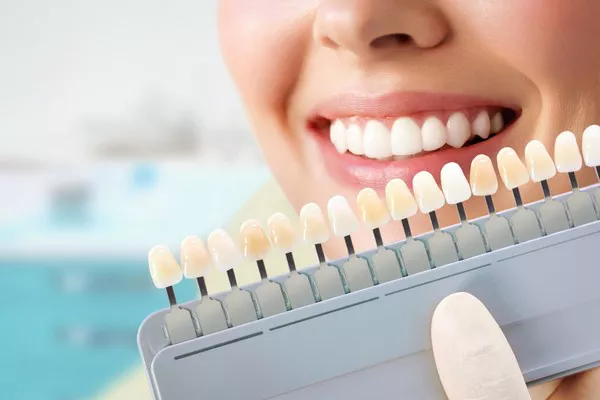Whitening strips have become increasingly popular in recent years as a quick and easy way to brighten your smile. However, there is some concern among dental professionals and consumers alike about the potential damage that whitening strips can cause to your enamel. In this article, we will explore what whitening strips are, how they work, and whether or not they can harm your enamel.
What are Whitening Strips?
Whitening strips are thin, flexible plastic strips that are coated with a bleaching agent, typically hydrogen peroxide or carbamide peroxide. The strips are designed to be placed directly on your teeth for a set amount of time, usually between 30 minutes and an hour, once or twice a day. Over time, the bleaching agent penetrates the enamel layer of your teeth and breaks down stains, resulting in a brighter, whiter smile.
How Do Whitening Strips Work?
The active ingredient in whitening strips, hydrogen peroxide or carbamide peroxide, works by breaking down the chemical bonds that hold together the molecules responsible for tooth discoloration. As the bonds break down, the molecules become smaller and less visible, resulting in a lighter, brighter appearance.
Can Whitening Strips Harm Your Enamel?
There has been some concern among dental professionals and consumers about the potential damage that whitening strips can cause to your enamel. Enamel is the hard, protective outer layer of your teeth, and it serves as a barrier against harmful substances and bacteria. If your enamel becomes damaged, it can lead to tooth sensitivity, pain, and even decay.
However, when used properly, whitening strips are generally considered safe and effective. The American Dental Association (ADA) has evaluated several different types of whitening products, including strips, and has found them to be safe for use as directed. The ADA recommends that you talk to your dentist before starting any whitening treatment to ensure that it is appropriate for your individual needs.
That being said, if you use whitening strips improperly or too frequently, it is possible to damage your enamel. Overuse of whitening strips can cause enamel erosion, which can lead to tooth sensitivity and other dental problems. It’s important to follow the instructions carefully and not exceed the recommended usage time.
Tips for Safe Whitening
If you decide to use whitening strips to brighten your smile, there are a few things you can do to ensure that you use them safely and effectively:
- Talk to your dentist first: Before starting any whitening treatment, it’s important to consult with your dentist to make sure that it’s appropriate for your individual needs.
- Follow the instructions carefully: Be sure to read and follow the instructions on the packaging carefully. Do not exceed the recommended usage time or frequency.
- Use a reputable brand: Choose a reputable brand of whitening strips from a trusted manufacturer.
- Don’t overdo it: Use whitening strips only as directed and avoid overuse or misuse.
- Take care of your teeth: Regular brushing, flossing, and dental checkups are crucial to maintaining good oral health.
Conclusion
Whitening strips can be a safe and effective way to brighten your smile, but it’s important to use them properly to avoid damaging your enamel. As long as you follow the instructions carefully, choose a reputable brand, and consult with your dentist before starting any whitening treatment, you should be able to enjoy a whiter, brighter smile without any negative side effects.
Related Topics:
































